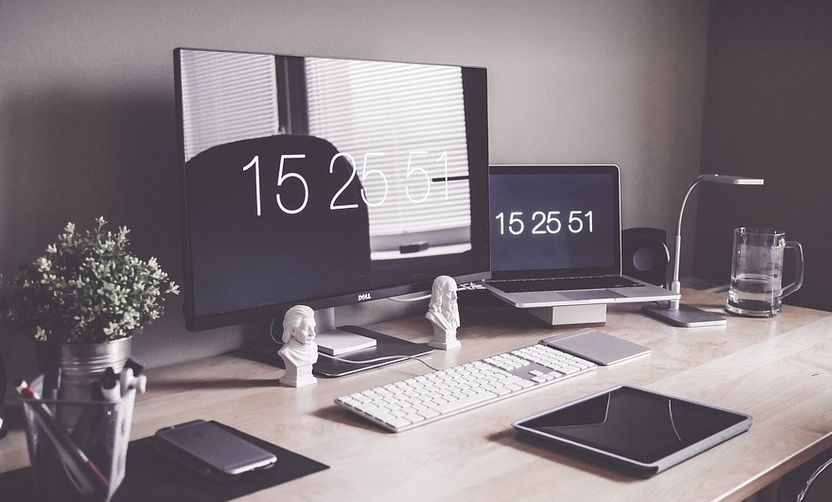Why Capture Your Mac?
So, you’re picturing capturing your screen and audio for that presentation, webinar, or just to share a quick tutorial with friends? Well, good news – your Mac is packed with tools to make this happen! You might be wondering: why bother with screen capture in the first place? It’s easier than you think. Think of it like taking notes on your computer screen – you’re recording action and visuals, making it a fantastic tool for learning, sharing, and even just having a little fun.
From tutorials to presentations, from gameplay to artistic expression, capturing your Mac’s screen and audio can unlock a world of possibilities. Imagine showcasing those intricate animation projects to friends or explaining complex software steps in a live video session. Or maybe you just want to capture that awesome gaming moment for the ‘gram!
However, there’s more to it than just hitting the record button. You need to know how to do this effectively and efficiently using the right tools. This comprehensive guide will walk you through everything – screen recording, audio capture, and even some creative techniques.
Recording Your Mac’s Screen – A Breakdown
To start capturing your screen on a Mac, you can use Built-In Tools: The easiest way is to leverage macOS’ built-in features. These are quick, straightforward options for basic screen capture and have become quite well-known over the years.
**1. Utilizing QuickTime Player:** This player already comes standard with your Mac! You can record a specific portion of your screen or the entire screen. Just open it up, select the “File” menu at the top, choose “New Movie Recording,” and choose whether you want to record just one section or capture everything on your screen. Then hit the record button.
**2. The Screen Capture Feature in macOS:** A more straightforward option is built into macOS itself! This feature allows for easy recording of specific areas of your screen, perfect for capturing tutorials, presentations or short video clips. Navigate to Apple menu > System Preferences > Accessibility > Camera and choose the “Show all” option. You will find a few options; select the “Screen Recording” icon.
**3. Quick and Easy Shortcut:** If you’re in a hurry and need a quick way to record your screen, you can use your keyboard! Press Command + Shift + 5, and you will have a screen recording of your current activity captured in no time.
**4. Unleashing Power with the Third-Party Apps: ** If you want a bit more control over your screen capture process or prefer different functionalities, there are third-party applications that can provide additional options like capturing audio, adding annotations, and exporting videos to various file formats.
Capturing Audio – Go Beyond Visuals
It’s not just about the visuals – capturing audio is crucial for providing a richer viewing experience. Whether you want to record your voice-over for an engaging tutorial or create a podcast, audio capture on your Mac is an essential skill.
**1. Built-in Tools: Audio Input:** The first step to recording audio on your Mac is identifying the correct input. Go to Apple menu > System Preferences > Sound and select “Input” tab to explore and locate your microphone. You can test each mic before recording to ensure optimal sound quality.
**2. Third-Party Apps for Audio Capture:** If you’re looking for more advanced audio recording features, there are several third-party applications available that offer a wide range of options like noise reduction, microphone calibration, and even the ability to record in various formats. Some popular choices include Audacity (open-source software) and GarageBand (for beginners).
**3. Audio Focus: Recording for Specific Purposes:** You can even narrow down your audio recording focus. You might want to focus on recording a video game’s gameplay or the commentary of a live event – this type of focused audio capture allows you to edit specific sections later.
Putting it All Together: Tips and Tricks
Now, let’s explore some essential tips for capturing your screen and audio effectively. These techniques can elevate your recordings from basic to professional-level:
**1. Optimizing Audio Quality:** Good audio is the foundation of a great video. Before recording, ensure you are in a quiet environment with minimal background noise. You can check your microphone’s quality for any distortion or feedback.
**2. Using External Microphones:** For professional-level audio recordings, consider using external microphones. These offer better sound quality, less noise, and more control over the recording process.
**3. Experiment with Software Effects: ** Explore built-in software effects for your recordings. You can adjust volume levels, enhance clarity, or even add background music to elevate the overall experience of your video.
**4. Editing Your Recordings:** Once you’ve captured your screen and audio, editing is a crucial step. Use applications like iMovie (built-in) or Adobe Premiere Pro to trim unnecessary parts, smooth out rough edges, and create engaging visuals for your final product.
Conclusion: Exploring the Possibilities
Capturing screen and audio on Mac has never been easier! From basic recording functionalities built into the system to diverse third-party applications, you have a plethora of tools at your disposal.
This guide has provided you with essential information about capturing screen and audio. Use these techniques to make life easier for yourself, share your creative projects, and even make new friends through creative collaborations online!
Keep exploring and experimenting, and you’ll discover the endless possibilities that come with mastering your Mac’s screen recording capabilities!


